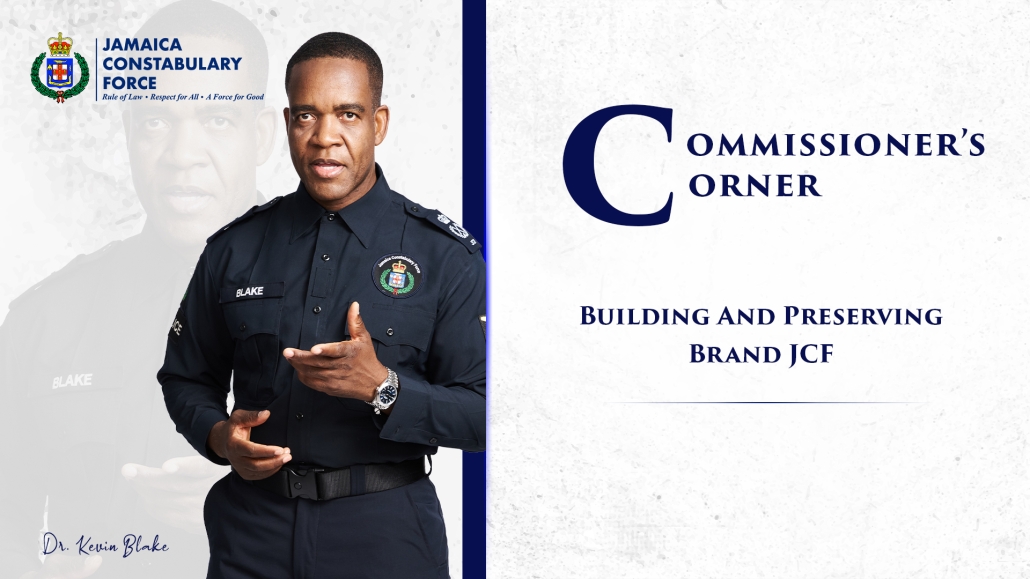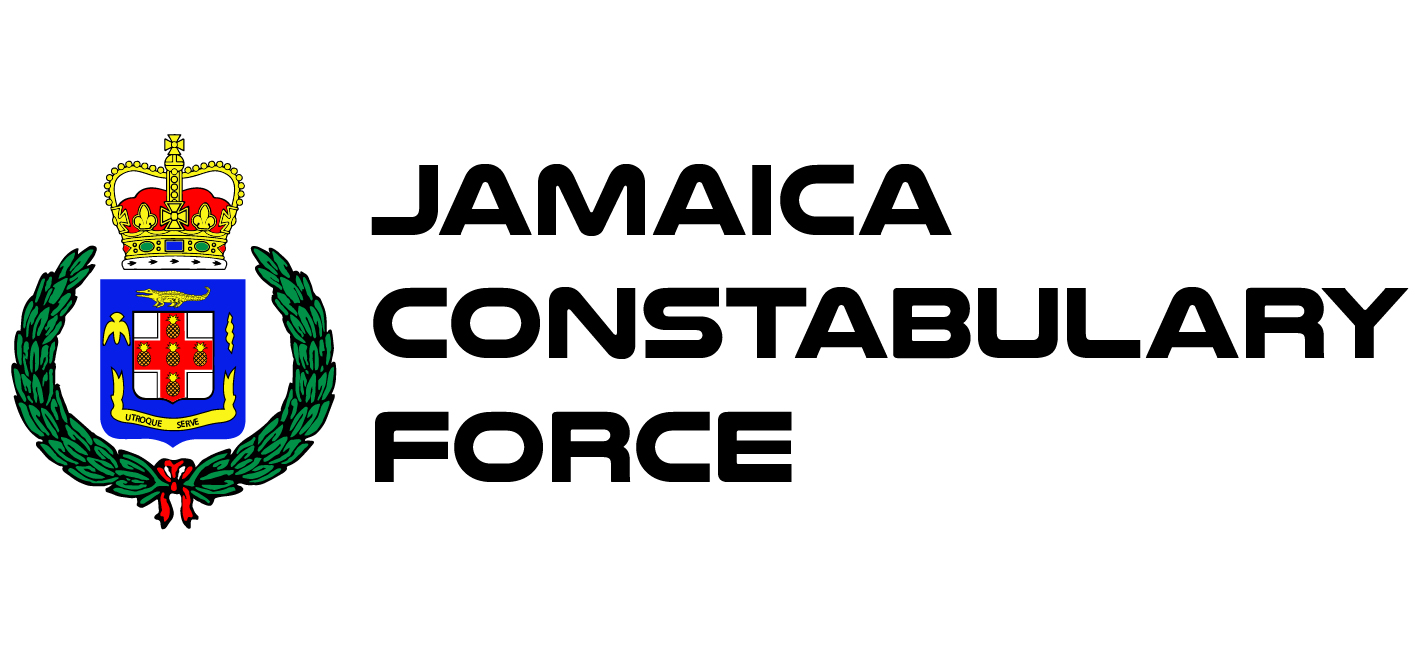
Building And Preserving Brand JCF
Brand is governance. It is the discipline of consistency, the architecture of trust, and the living testimony of an institution’s values. In the most recent Commissioner’s Corner, Dr Kevin Blake reflects on the weight and relevance of ‘Brand JCF’. In doing so, he was not engaged in a marketing exercise. What he is doing is articulating a governance imperative: how a public institution secures, sustains, and signals its integrity.
The Commissioner begins by noting an important reality; Brand JCF is not symbolic. It is not aspirational. It is operational. “Brand JCF is real, it is powerful, and it is ours to nurture, protect, and elevate, with great pride.” These words do not appeal to image; they demand responsibility. Every officer, from the academy recruit to the divisional commander, serves as a trustee of that responsibility. “Every time we step into our uniforms, engage with a citizen, respond to a call, or make a decision—seen or unseen—we are doing more than policing; we are either building or breaking Brand JCF.”
The Commissioner outlines a model that places the brand at the centre of institutional culture. It is neither a logo nor a motto. It is a sustained expression of public values. “A brand is much more than a logo. It goes beyond a uniform, a motto, or even a building. It is a reputation, built over time through consistent actions, attitudes, and experiences,” he said. Within that framing, service becomes identity. Trust becomes infrastructure. Integrity becomes the minimum standard of daily conduct.
This is not abstract. It is deeply material. When institutions fail to internalise their values, they outsource their legitimacy. In the digital age, a single error can unravel years of investment.
“One act of misconduct, one viral video of disrespect, or one careless moment of neglect can undo months—if not years—of hard work.” The JCF does not operate in a sealed environment. Its performance is constantly interpreted by citizens, amplified through media, and judged in global forums.
Every JCF member is an ambassador. The Commissioner makes this unmistakably clear: “We must all understand that every member is an ambassador of Brand JCF.” This clarity sharpens accountability. Officers are not just assigned duties; they embody expectations. The uniform does not only authorise action; it invites scrutiny. The decisions made in traffic stops, on domestic calls, or at community meetings feed directly into the public imagination of what the Force represents.
Culture is not static. It responds to how people perceive the environment around them. Dr Blake offers a striking analogy to this effect. Dr Blake argues that, “If we view our JCF as a scratched and dented car, then we will never be concerned about an additional scratch… let us not add a scratch or a dent to the shiny new JCF that we now view our organization as – Brand JCF.” The metaphor is not casual. It reinforces the idea that institutional respect begins with self-perception. Once officers believe they are part of something functional and respected, their conduct aligns with preservation, not neglect.
That preservation must be active. In this regard, he posits that, “Preserving our brand means being intentional in how we carry ourselves—on duty and off.” Conduct becomes message. Tone becomes posture. The routine actions of daily policing communicate far more than press releases ever can. The Force is measured not only by its operational success but by the quality of its ordinary interactions.
Brand JCF has internal effects as well. It strengthens cohesion. It reinforces internal discipline. It fosters a culture where pride is tethered to performance. “A strong, positive JCF brand makes us proud to wear the uniform, encourages internal accountability, and strengthens unity across ranks and formations,” he emphasised. This unity is not ornamental. It becomes a functional asset in a profession that demands both physical coordination and moral clarity.
The Commissioner does not frame this effort as an initiative with an end date. He frames it as stewardship. “We are the stewards of a legacy built by those who came before us, and we are shaping the path for those who will come after.” Legacy is a continuous function. It draws from history and deposits into the future. It binds the current generation of officers to those who made the modern Force possible, and those who will inherit its culture.
Brand JCF is therefore not a communications artifact. It is a model of public sector modernisation anchored in ethical clarity, institutional memory, and collective will. It reflects a police force that understands its legitimacy is not self-declared but socially earned. “Let us be ever conscious of the fact that Brand JCF is only as strong as our daily commitment to integrity, excellence, and service,” he charged. These are not aspirations. They are instructions.
Public sector reform in the Caribbean often suffers from a disconnection between strategy and ethos. The Jamaica Constabulary Force is narrowing that gap. In its articulation and defence of Brand JCF, it is showing how institutional reform can be internalised, humanised, and sustained. This is a signal worth watching.







